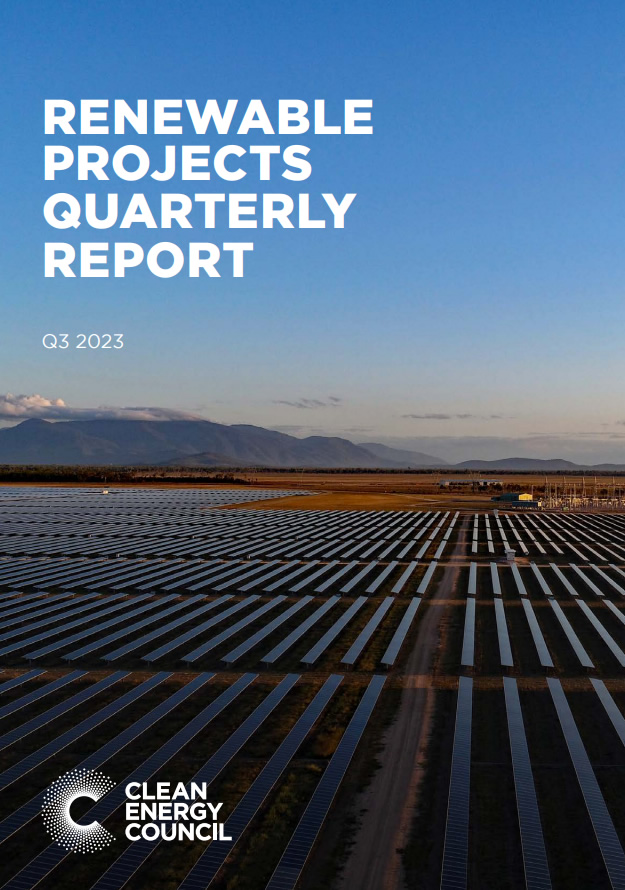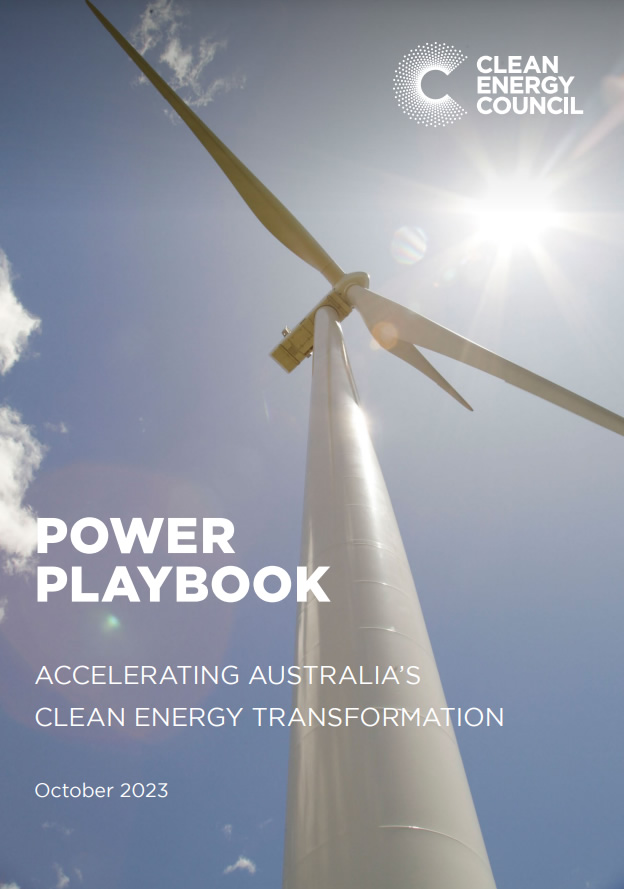PV column
energy
2024/02/01
New Renewables Figures Underline Need For Australian Federal Government Measures
In response to the rapid increase in the worldwide installation of solar, wind, and other renewable energy sources, the amount of energy storage systems installed in various regions is also increasing.
Unfortunately, Japan had a share of about 20% of the global solar market in 2013 and 2014, but the share continues to decline year by year to less than 2% in 2023.
On the other hand, Australia, like Japan, generates about 70% of its electricity from fossil fuel-derived thermal power plants and is Japan’s largest importer of coal and natural gas, making it a country rich in fossil fuel resources. It is also a country that has been actively promoting the installation of renewable energy (12.8% solar PV, 10.7% wind power) and energy storage systems.
Annual electricity production in 2022 (from IEA: International Energy Agency)
- Australia: 271,532 GWh (incl. 187,536 GWh from fossil fuels)
- Japan: 1,012,890 GWh (incl. 685,050 GWh from fossil fuels)
Source: IEA Energy Statistics Data Browser
In this column, we introduce a report on renewable energy released by the Clean Energy Council of Australia on November 29, 2023.
Quote from: https://cleanenergycouncil.org.au/news-resources/renewable-projects-quarterly-investment-report-q3-2023
Exchange rate: 1 AUD = 97.0 JPY
**********
29 NOVEMBER, 2023
A new Clean Energy Council report released today shows sluggish financial commitments in new large-scale renewable energy projects over the course of 2023 continued into the third quarter of the year.
The Clean Energy Council, the peak body for the renewable energy industry, today released its Q3 Renewable Projects Quarterly Report, confirming that 2023 has been a challenging year for grid-scale renewable energy projects, reaching a total of 509 MW from financially committed projects thus far.
During Q3 2023, investment in new large-scale renewable energy generation projects remained slow, with just two new generation projects totalling 161 MW of capacity achieving financial commitment – the fourth-lowest result since the Clean Energy began tracking project data in 2017.
The latest report provides detailed insights into investment activity within Australia’s clean energy and storage investment pipeline, showing that:
- Large-scale storage projects saw a decrease in financial commitments during Q3 when compared to the strong previous quarter, with just 13 MW added in the most recent quarter.
- Three generation projects commenced construction during the quarter, comprising 86MW of additional capacity, while one project reached the commissioning stage, contributing a total of 75 MW.
- Renewable energy generation and storage projects attracted a total of AUD150 million (JPY14.55 billion) during Q3 2023 – the fourth-lowest quarterly total for financial commitments since 2017.
“These numbers are a clarion call for strong and decisive action, and we welcome the Federal Government’s commitment to bringing forward the necessary generation in order to make sure that we can deliver the low-cost, clean electricity we need to replace ageing coal-fired generation,” Clean Energy Council Chief Executive, Kane Thornton, said.
“Between now and 2030, Australia needs a substantial increase in financial commitments for large-scale renewable projects, in the order of 6.9 GW per year to achieve the Federal Government’s target of 82 per cent by 2030.
“Investment in renewable energy has been in gradual decline since the Renewable Energy Target – a policy that delivered substantial new investment – was met in 2020. The rate of investment slowed more dramatically over the past year as a result of higher project costs, complex permitting processes, a congested grid and intensifying global competition in the race to net zero.
“While renewable energy remains the lowest cost form of new generation, there is a clear role for government to facilitate the enormous levels of investment needed to transition our energy system, particularly in an era of significant global competition, due to incentive packages like the US Inflation Reduction Act.
“We can unleash the strong investor interest in Australia with the right policy settings to address the barriers to investment, and we look forward to working with the Federal Government on the implementation details of its new Capacity Investment Scheme for renewable energy generation.”
The Clean Energy Council recently released its Power Playbook, a strategic package of 45 recommendations to the Federal Government designed to ensure Australia gets back on track in meeting its targets and to provides a structure for a future Renewable Energy Superpower Masterplan.
These include measures to drive investment in higher large-scale renewable generation, and allocate more resources between federal, state and territory governments to expedite project assessment processes, and the delivery of 10,000 km of new transmission lines.
Click here to read the full report

**********
The Clean Energy Council’s “Power Playbook”, mentioned in this column, can be downloaded from https://www.cleanenergycouncil.org.au/news/clean-energy-council-releases-power-playbook .

Japan consumes about four times as much electricity as Australia, and its dependence on fossil fuels is about the same at about 70%. Unfortunately, Japan has not reached the same level as Australia in terms of the ratio of renewable energy installation and storage battery capacity to electricity consumption.
We believe that the current situation, challenges, and policy recommendations of Australia, which is ahead of Japan in the installation of renewable energy and energy storage systems, will be of great reference to Japan in the future.
Acknowledgements: We would like to thank Mr. LIAM STRAUGHAN, MEDIA Officer of the Clean Energy Council, for his kind permission to introduce this interesting report.

